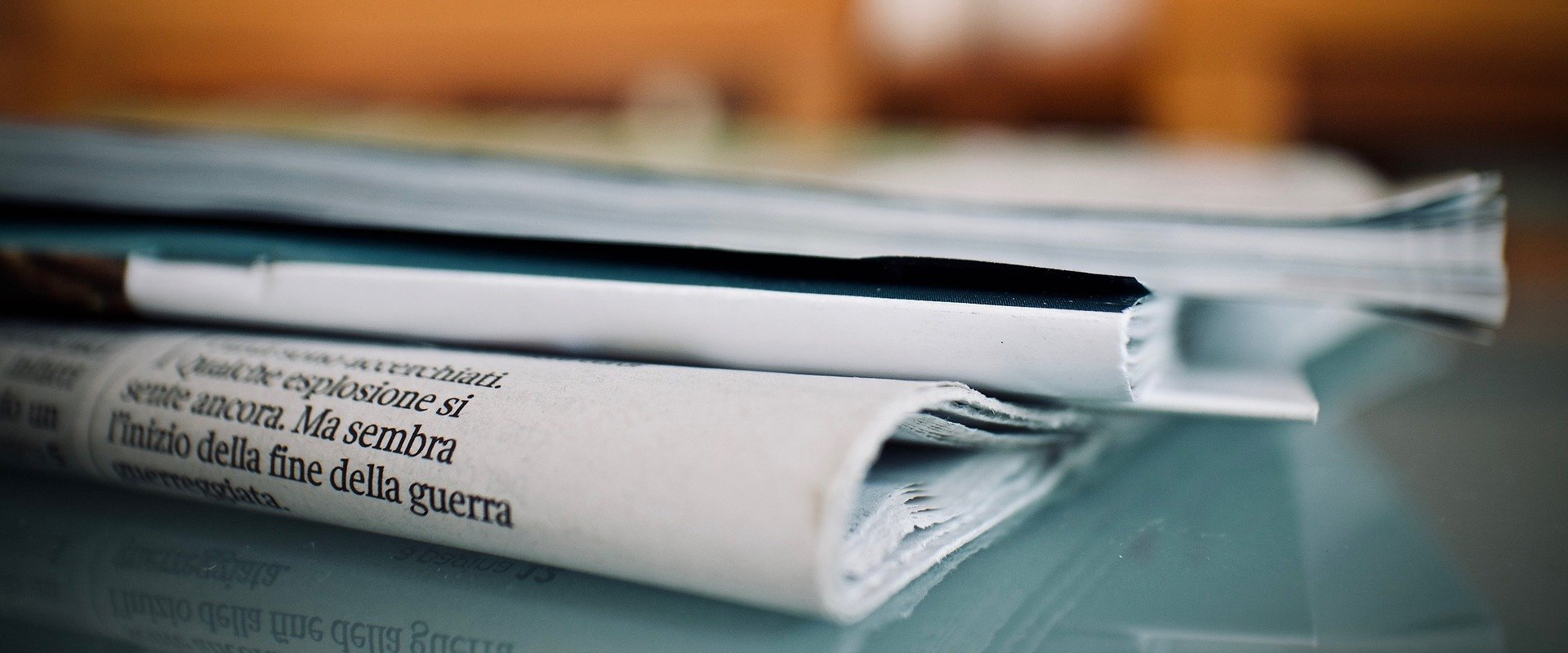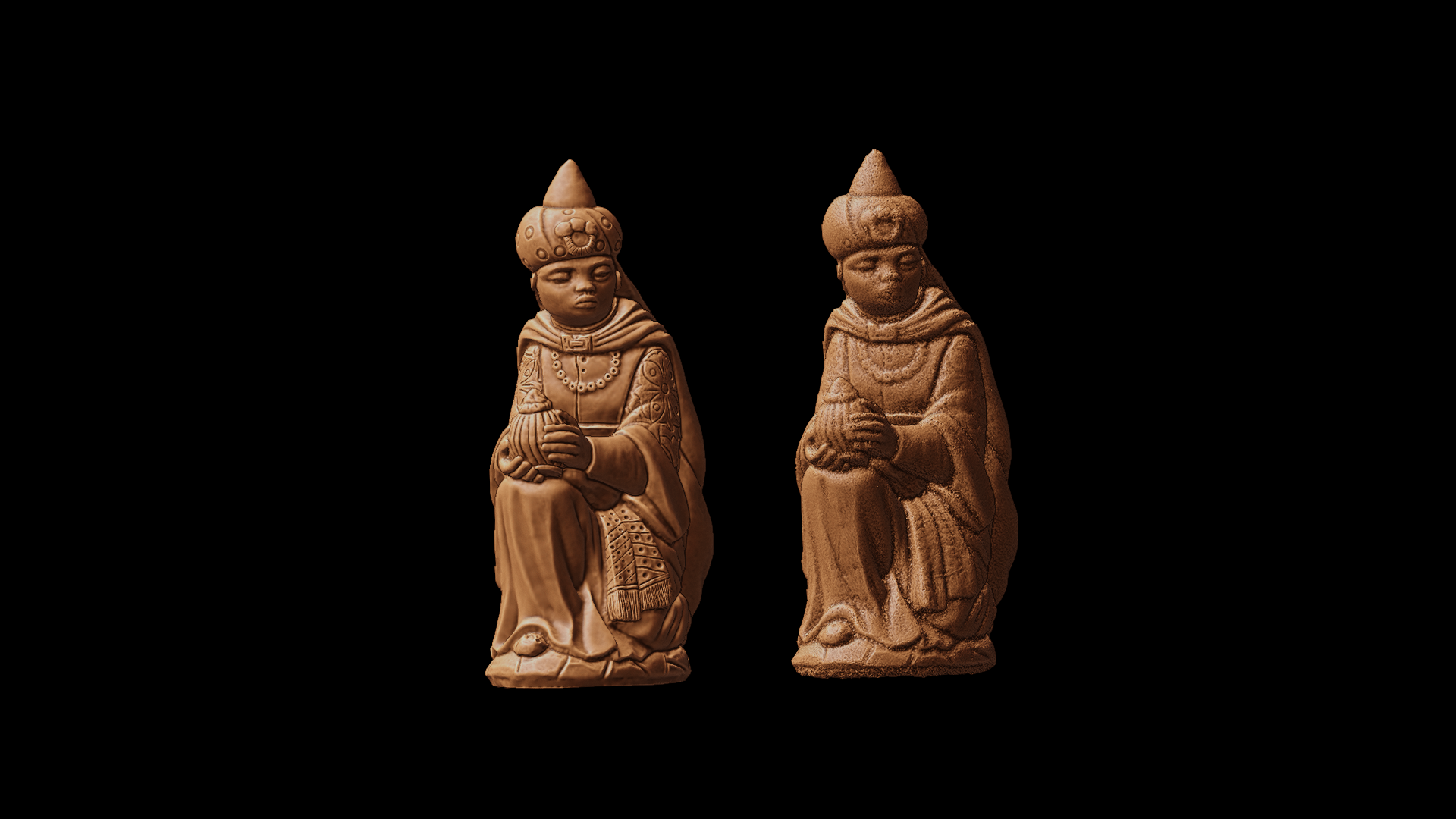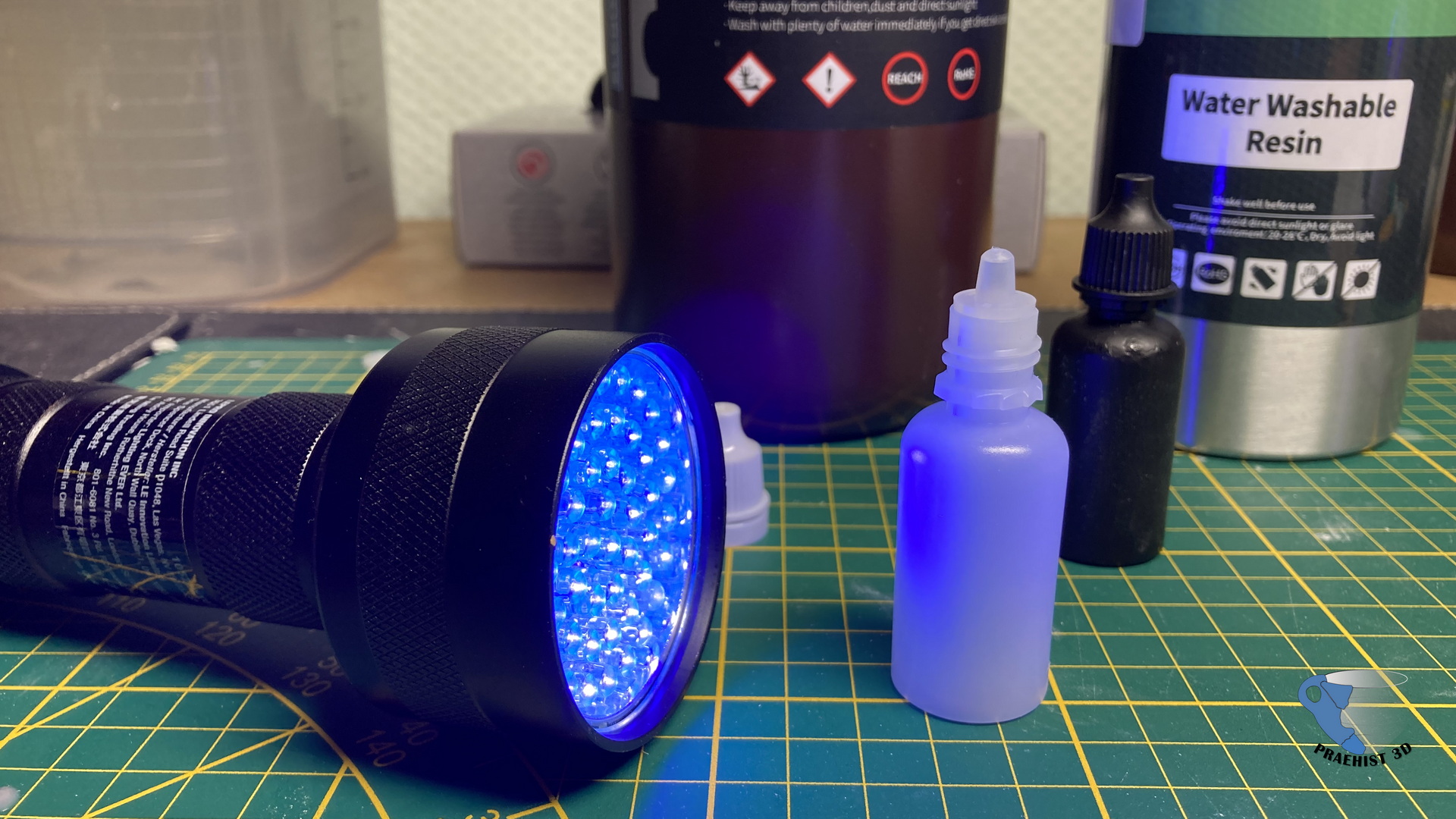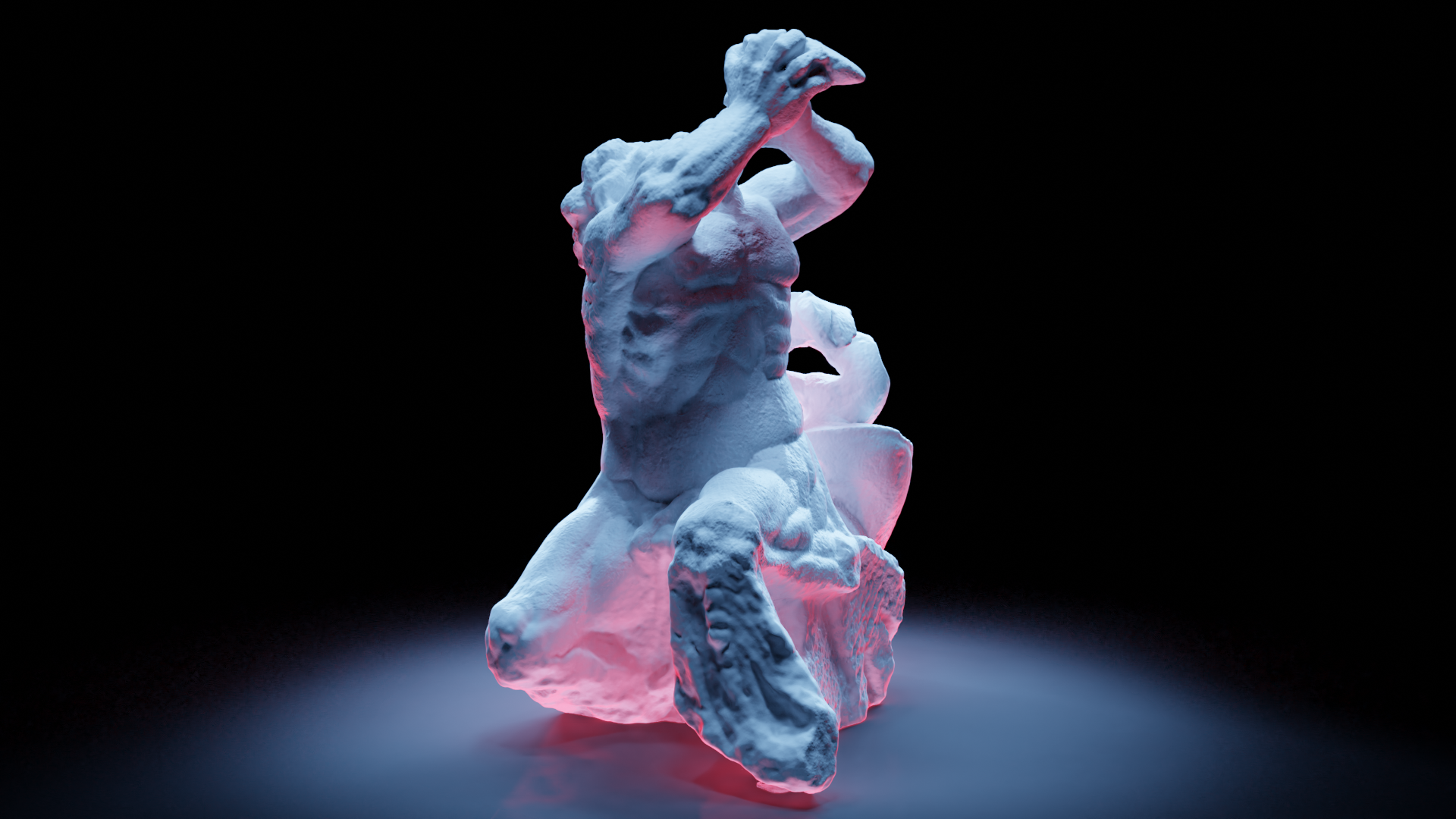In the following, I would like to give a short overview of newly published articles of the last week, which were interesting for me. The focus is on 3D work in connection with archaeological research.
Maybe you will find one or the other article interesting as well.
selected Articles for week 29 of 2021
First combined application of photoacoustic and optical techniques to the study of an historical oil painting
Optical investigation methods such as laser scanning and photogrammetry are now widely accepted and enjoying increasing efficiency and popularity. In this article, photoacoustic tomography is presented as another means of imaging non-destructive investigation. The examples are oil paintings and not archaeological objects. However, I can very well imagine applications for this technique in archaeology as well.
Limitations in the digital Survey of heritage assets with tower typology
This article gives a good overview of the possibilities of terrestrial 3D scanning methods for the documentation and analysis of buildings. Using two towers from Ravenna (Italy), the problems and limitations of these methods are also discussed.
Molina Sánchez, S., Juan Vidal, F., Cipriani, L., & Denia Ríos, J. (2021). Limitaciones en el levantamiento digital de bienes patrimoniales con tipología de torre. EGA Expresión Gráfica Arquitectónica, 26(42), 76-89.
Using Deep Learning for the Image Recognition of Motifs on the Center of Sukhothai Ceramics
Hardly any other branch of science deals with such heterogeneous and diverse individual objects, most of which are only fragmentarily preserved. Classifying ceramic inventories and naming them objectively is time-consuming and requires expert knowledge. This article explores the use of Deep Learning algorithms to address Sukothai pottery. It is true that the first step here is primarily concerned with the recognition of unique images. However, the Deep Learning technique promises to be of extensive help in dealing with large find sets. Even if this is still a dream of the future.
Pitikan Kuntitan, Orawan Chaowali (2021).Using Deep Learning for the Image Recognition of Motifs on the Center of Sukhothai Ceramics.Current Applied Science and Technology Vol. 22 No. 2 (March-April 2022).
Digitale Mediävistik
Digitization has also long since arrived in historical research. This German article provides information about the current status and gives an outlook on the future.
Brigitte Burrichter, Björn Gebert, Christoph Mackert, Gabriel Viehauser (2021). Digitale Mediävistik, Mediävistik 2021. Positionen, Strategien, Visionen. Bd. 26.
DIGITAL TWIN AND 3D DOCUMENTATION OF A THEBAN TOMB AT DEIR AL-MEDINA (EGYPT) USING A MULTI-LENSES PHOTOGRAMMETRIC APPROACH
In 2020, a comprehensive 3D survey of tomb TT214 at Deir al-Medina was carried out. This paper extensively presents the work carried out and the methods used.
Mandelli, A., Gobeil, C., Greco, C., and Rossi, C.: DIGITAL TWIN AND 3D DOCUMENTATION OF A THEBAN TOMB AT DEIR AL-MEDINA (EGYPT) USING A MULTI-LENSES PHOTOGRAMMETRIC APPROACH, Int. Arch. Photogramm. Remote Sens. Spatial Inf. Sci., XLIII-B2-2021, 591–597,
https://doi.org/10.5194/isprs-archives-XLIII-B2-2021-591-2021, 2021.
A Roman Marble Cargo from a Shipwreck at Porto Cervo, Sassari, Sardinia, Italy
In addition to an analysis of marble blocks found on a sunken Roman freighter, the use of photogrammetry to document underwater archaeological features will be discussed.
Visual Depictions of Our Evolutionary Past: A Broad Case Study Concerning the Need for Quantitative Methods of Soft Tissue Reconstruction and Art-Science Collaborations
Few things are as strongly associated with archaeological research as colorful and detailed reconstructions. This article presents the pros and cons of these reconstructions as well as new technical possibilities for visualizing soft tissues and muscles.
Campbell, Ryan M; Vinas, Gabriel; Henneberg, Maciej; Diogo, Rui (2021). Visual Depictions of Our Evolutionary Past: A Broad Case Study Concerning the Need for Quantitative Methods of Soft Tissue Reconstruction and Art-Science Collaborations. Frontiers in Ecology and Evolution,
Estudio y reconstrucción virtual del túmulo funerario erigido para las exequias de María Luisa de Orleans celebradas en el convento de la Encarnación de Madrid (1689)
An interesting insight about the use of new 3D software (Blender 3D and Sketchup) to reconstruct the 1689 catafalque of Marie Louise d’Orléans in Madrid. The article is bilingual in Spanish and English and recommended.
REVENGA DOMÍNGUEZ, Paula; CEJAS RIVAS, David. Estudio y reconstrucción virtual del túmulo funerario erigido para las exequias de María Luisa de Orleans celebradas en el convento de la Encarnación de Madrid (1689). EGA Expresión Gráfica Arquitectónica, [S.l.], v. 26, n. 42, p. 90-101, jul. 2021. ISSN 2254-6103.
Intangible Cultural Heritage High-Definition Digital Mobile Display Technology Based on VR Virtual Visualization
Virtual reality can be an interesting alternative to real visits at important sights and at the same time help to keep the negative influences of high visitor numbers low. In this article, the working steps, possibilities as well as some outlooks for the establishment of virtual cultural sites are exemplarily explained and critically considered.
Joint development of cultural heritage protection and tourism: the case of Mount Lushan cultural landscape heritage site
Another paper deals with the possibilities of virtual presentation of historical sites. This time using the example of the Lushan mountain region in China.
Zhenrao, C., Chaoyang, F., Qian, Z. et al. Joint development of cultural heritage protection and tourism: the case of Mount Lushan cultural landscape heritage site. Herit Sci 9, 86 (2021).




